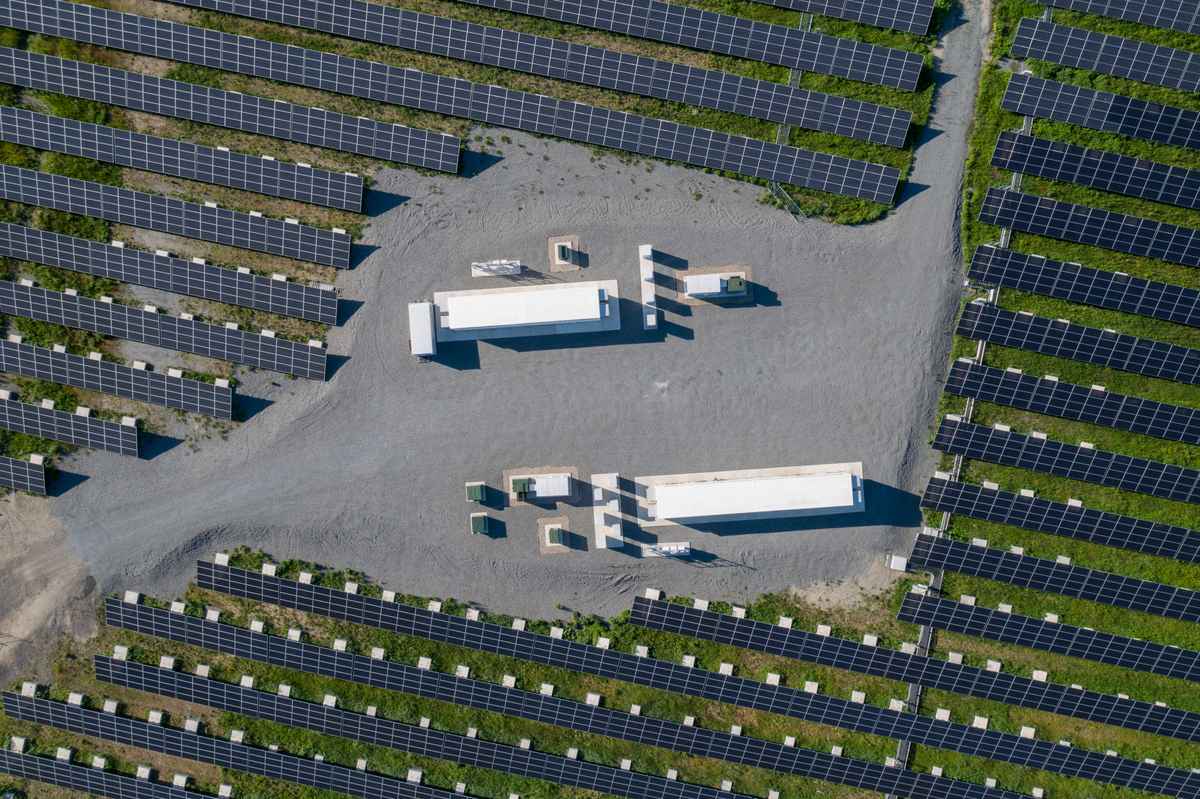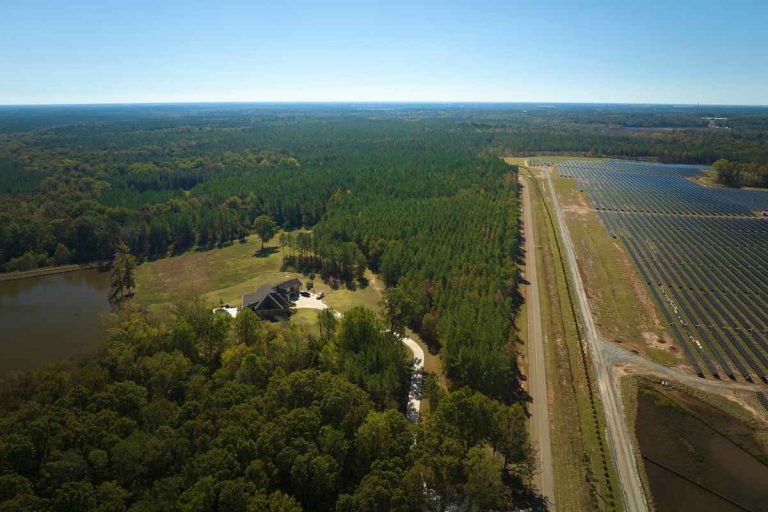The advancement of battery technology and the expansion of variable renewable energy sources have sparked a growing interest in “hybrid” power plants.
These plants combine large-scale wind and solar energy generation with co-located batteries. While the focus has mostly been on pairing photovoltaic (PV) plants with batteries, various other hybrid plant configurations have been present in the U.S. energy landscape for years.
A recent briefing from Lawrence Berkeley National Laboratory tracks and analyzes operating and proposed hybrid/co-located plants in the U.S. until the end of 2022, along with data from power purchase agreements (PPAs).
This analysis includes co-located hybrids that combine different energy resources, operated largely independently at a single point of interconnection, as well as full hybrids with coordinated operations of these resources.

In 2022, hybrid plants made significant progress in the U.S. By the end of that year, there were 374 hybrid plants (with capacity >1 MW) operational, marking a 25% increase compared to the previous year.
These plants collectively provided nearly 41 GW of generating capacity (a 15% increase) and 5.4 GW/15.2 GWh of energy storage (a 69% increase in capacity and an 88% increase in energy storage). While PV+ storage configurations are the most prevalent, other hybrid plant setups exist, with nearly twenty different configurations in operation.
The dominance of PV+ storage hybrids is evident. Among online generator+storage hybrids, PV+storage accounts for the majority in terms of plant number, storage capacity, storage: generator capacity ratio, and storage duration. These plants are designed for resource adequacy and energy arbitrage, thanks to their high storage capacity and duration.
Hybrid plants are seen as essential for a balanced energy mix, especially considering their diverse use cases.
The high storage ratio of PV+storage plants indicates their role in capacity firming and energy arbitrage, while wind+storage plants with lower storage ratios mainly target ancillary services markets.
Furthermore, hybrid storage capacity rivals standalone storage. By the end of 2022, PV+ storage hybrids had almost the same storage capacity as standalone storage plants, though they edged out standalone storage in terms of storage energy.
The growing developer interest in hybridization is evident in interconnection queue data. There’s a notable increase in hybrid plants and generating capacity in interconnection queues, with solar dominating these proposals. The report emphasizes the continued interest in hybrid plants, particularly PV+storage, which is significant in certain regions.
Though PV+storage PPA prices have generally decreased, storage adders have risen recently. These adders, which reflect the additional cost of incorporating batteries into a standalone PV PPA, have increased.
The potential impact of the standalone storage Investment Tax Credit (ITC) on hybridization is yet to be fully realized due to factors like late implementation and market dynamics.
In conclusion, the growth of hybrid power plants is promising in the U.S., driven by technological advancements and changing market dynamics. As renewable energy continues to evolve, hybrid plants offer a versatile solution that integrates multiple energy resources for a more reliable and efficient power generation system.













+ There are no comments
Add yours